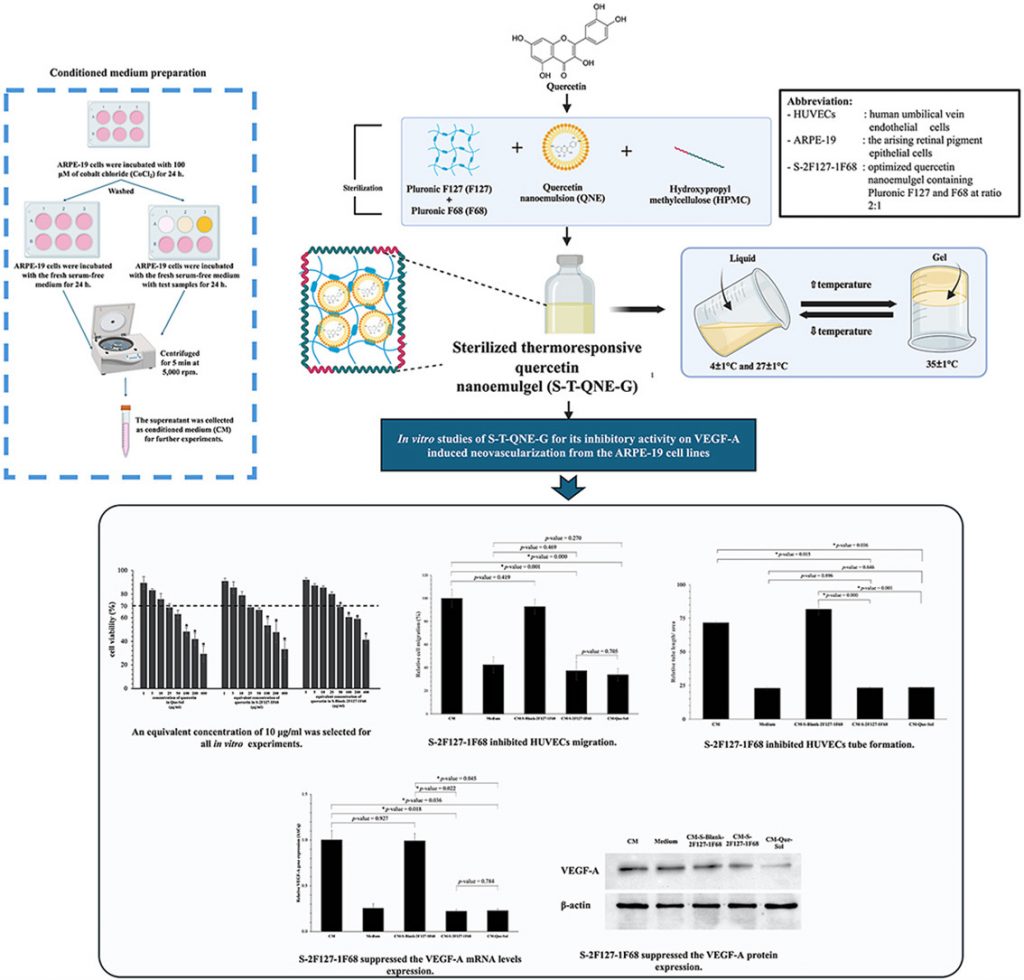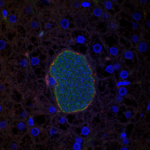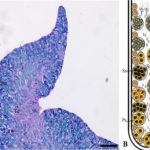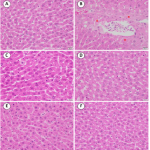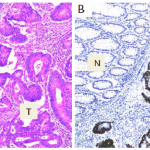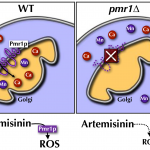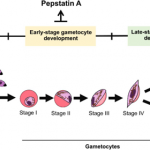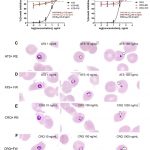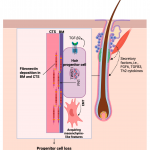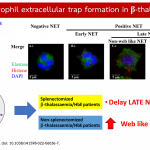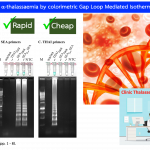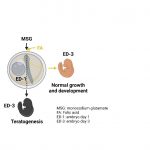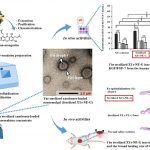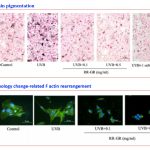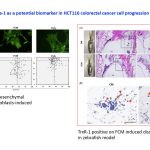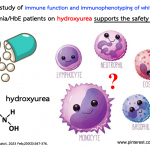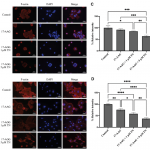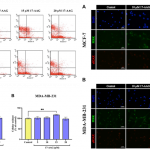Formulation development of thermoresponsive quercetin nanoemulgels and in vitro investigation of their inhibitory activity on vascular endothelial growth factor-A inducing neovascularization from the retinal pigment epithelial cells
Quercetin is a natural plant that can help prevent the growth of new blood vessels, which is a common problem in certain eye diseases and cancers. This effect is due to quercetin’s ability to block the activity of a protein called VEGF-A, which plays a key role in promoting blood vessel growth. However, quercetin doesn’t dissolve well in water, making it difficult to deliver effectively to the eye. To address this, researchers developed a new, temperature-sensitive gel formulation, called T-QNE-G, that can carry quercetin and be injected into the eye.
This gel stays liquid at room temperature, making it easy to inject, and then turns into a gel at body temperature, allowing it to stay in place within the eye. The results showed the optimized gel (S–2F127–1F68) was able to reduce the movement and formation of blood vessels in human eye cells and reduce VEGF-A activity. This suggests that S–2F127–1F68 could be a promising treatment for eye diseases that involve abnormal blood vessel growth. Further testing in animal models will help determine its effectiveness and safety for future treatments.
